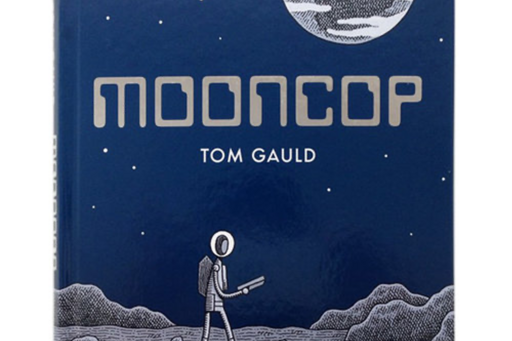
From ASCII Art to Comic Sans: Typographic Imagination in Digital Culture
Short description
The aim of the project is to examine the typographical development that the digital era has brought with it. The project will take into account both material and visual aspects of text and typography from the 1960s till the present time. I will look at typography in a broader cultural context and study practices such as ASCII art, desktop publishing and the use of (im)popular typefaces. What motivated programmers to create pictures with the help of line printers and put them on display in the computer rooms? What happened to letter form and typographical structure when the dot matrix set the conditions for display? How have “digital” typefaces such as Data 70 and Comic Sans been used in popular culture and what meanings and values have been assigned to them? The project has resulted in the book From ASCII Art to Comic Sans: Typography and Popular Culture in the Digital Age.
Open source
The project has resulted in the book From ASCII Art to Comic Sans: Typography and Popular Culture in the Digital Age. The book is available as an open source resource on the publisher's webpage, see https://mitpress.mit.edu/9780262546140/from-ascii-art-to-comic-sans/.
Purpose and research questions
Text is often regarded as pure information, without a “body”. Typography is seen as a transparent art form, without meaning of its own. Yet, text is always an image, and dependent on its production technology. The aim of the project is to examine the typographical development that the digital era has brought with it. It will take into account both material and visual aspects of text and typography from the 1960s till the present time. I will look at typography in a broader cultural context and study practices such as ASCII art, desktop publishing and the use of (im)popular typefaces. What motivated programmers to create pictures with the help of line printers and put them on display in the computer rooms? What happened to letter form and typographical structure when the dot matrix set the conditions for display? How have “digital” typefaces such as Data 70 and Comic Sans been used in popular culture and what meanings and values have been assigned to them?
Empirical material
The material I will explore will mainly be web-based, with a focus on text, printing technologies and typography: old programmers’ blogs on memories from their working life, typography nerd blogs, collections of film title sequences, articles on how to make ASCII art in web journals, manuals and technical specifications of monitors and printers, and tutorials for desktop publishing. This, largely unexplored, web-based material consists to a great extent of collections created and maintained by private persons, which means the long-term existence of this material is not guaranteed, and it is therefore urgent to devote research to it. In addition, I will also use trade journals for the graphic industry, and printed material such as ASCII art print-outs, book covers, shop signs, air plane tickets, and birthday party invitations.
Theory and method
In this project, I will develop the theoretical framework outlined by van Leeuwen in his article “Towards a semiotics of typography” (2006). In my previous research on packaging design, I have found social semiotics (Kress & van Leeuwen 2006) useful for taking into account the diverse aspects of packages, not least typographical aspects (Wagner 2015). Theoretical perspectives from media theory, such as remediation and the concepts hypermediacy and immediacy (Bolter & Grusin 1999) will also be used, as well as media discourse analysis (Kittler 1999), which implies a broader take on technical media as an important part of cultural history. Furthermore, I will be guided by anthropological analytical perspectives which emphasise the social practices in connection to digitisation (Koch 2017). The main methodology will be netnography (Kozinets 2015), as much of my material is web related. In addition, I will make a few interviews with programmers who were active during the 60-80s.
Relationship to the international research front
Previous research has put typography in relation to avant-garde art (Drucker 1994; Emerson 2014; Paul 2016). My approach will instead explore the subject from a visual culture perspective, which includes popular forms of cultural expression and a diversity of aesthetic values. There is a lack of this kind of research and this project would contribute new knowledge about this vital, but often overlooked, part of our culture. Apart from van Leeuwen (2006) mentioned above, there has also been some other inspiring semiotic research on the meaning of typefaces. Most noteworthy, research on the typeface Data 70 developed for optical character recognition purposes and later used in film title sequences and book covers (Owens & Reinfurt 2005) and research on the font Impact now widely used in Internet memes (Brideau & Berret 2014). However, my main contribution to the research front would be putting typefaces and typography in a broader context with printing and display technologies developed in the digital era.
